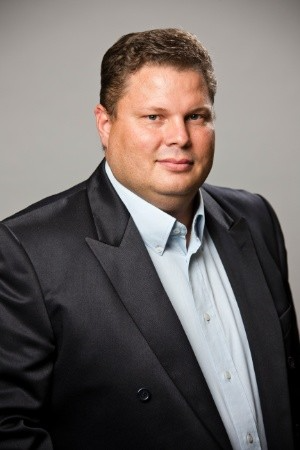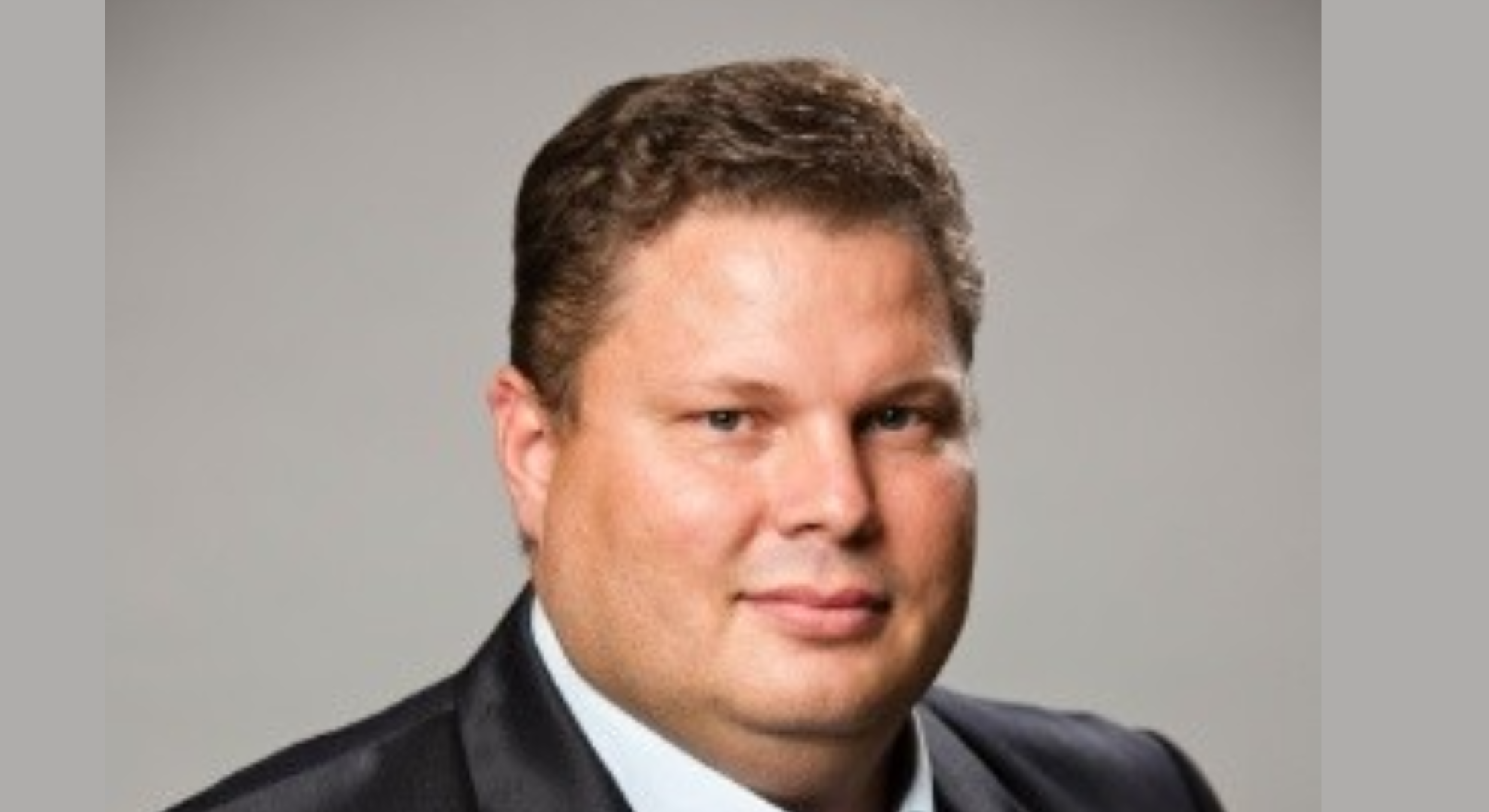Eaton introduces the ‘Power of Six,’ a set of principles forming the foundation of their systematic approach to data center design. This holistic perspective aligns with South Africa’s power infrastructure needs, advancing the country towards self-aware and self-optimized data centers.
“In this article, we explore how using these systems engineering principles allows us to de-risk the design, reduce complexity, and optimise the performance of data centers,” says Jaco du Plooy, Product Marketing Manager at Eaton Africa. The approach includes a digital layer, such as Eaton’s Brightlayer Data Centers suite, to manage complex ecosystems of IT and OT assets while providing full system visibility
1. Design of critical power system components: The first principle focuses on understanding critical components’ characteristics, behaviours, and impacts within power systems. By doing so, performance can be optimised, energy efficiency enhanced, and IT needs effectively met. This involves using data analytics in the operational phase to improve efficiency, maximise utilisation, and anticipate problems, making the implementation crucial.
2. Asset management and condition-based monitoring: This principle emphasises incorporating a digital layer into power management systems for asset monitoring and management, allowing proactive measures to increase lifespan and optimize performance. Continuous monitoring and maintenance ensure peak efficiency and identify potential risks. Using digital twinning, AI, and machine learning, performance can be optimised from the design stage by identifying potential equipment issues and tracking energy efficiency through consumption monitoring.
3. System design: This principle encourages a broader system design approach, considering interdependencies beyond the power train. Properly integrated components minimise energy wastage and ensure efficient use of high-power loads like cooling, reducing demand on the power train. A well-designed, integrated system reduces component failure, optimises usage, and prolongs lifespan, contributing to operational and sustainability goals. Improved communication between system components can reduce data latency and optimise system performance.
4. Energy efficiency: A systems engineering approach helps achieve sustainability goals and reduce operational costs by minimising power losses and optimising system efficiency. Selecting the right equipment, such as using copper busbars in low voltage systems, can significantly improve efficiency. A digital software platform can monitor and manage energy efficiency through machine learning and AI, identifying and preventing power distribution losses. This approach enables significant energy savings and drives overall system performance.
5. Integration with renewables: Integrating renewable energy sources into the power ecosystem is essential. Proper integration provides resilient and reliable power, reducing the likelihood of outages. The reduced rotating mass and inertia in renewables affect power flow quality due to less frequency control and more volatility. Managing the variability of supply and ensuring grid stability requires a comprehensive approach, considering the impacts on harmonics and voltage fluctuations from inverter-based power sources.
6. Flexible and dynamic design: A flexible and dynamic design approach accommodates changing demands and emerging technologies like AI. Staying adaptable ensures solutions remain relevant and effective in rapidly evolving environments. Eaton’s products address the challenges of variable loads due to fluctuations in demand and generation, optimising system operation, voltage levels, and power losses.
“To achieve a self-aware and self-optimised data center, the industry must shift towards a systems-based design. Embracing a set of principles and adopting a systems mindset is essential, and the ‘Power of Six’ enables this transition. This approach facilitates driving operational value and leveraging intelligent, actionable insights from your data. In these uncertain times, adapting to evolving power and environmental demands requires a new way of thinking,” concludes Jaco du Plooy.



